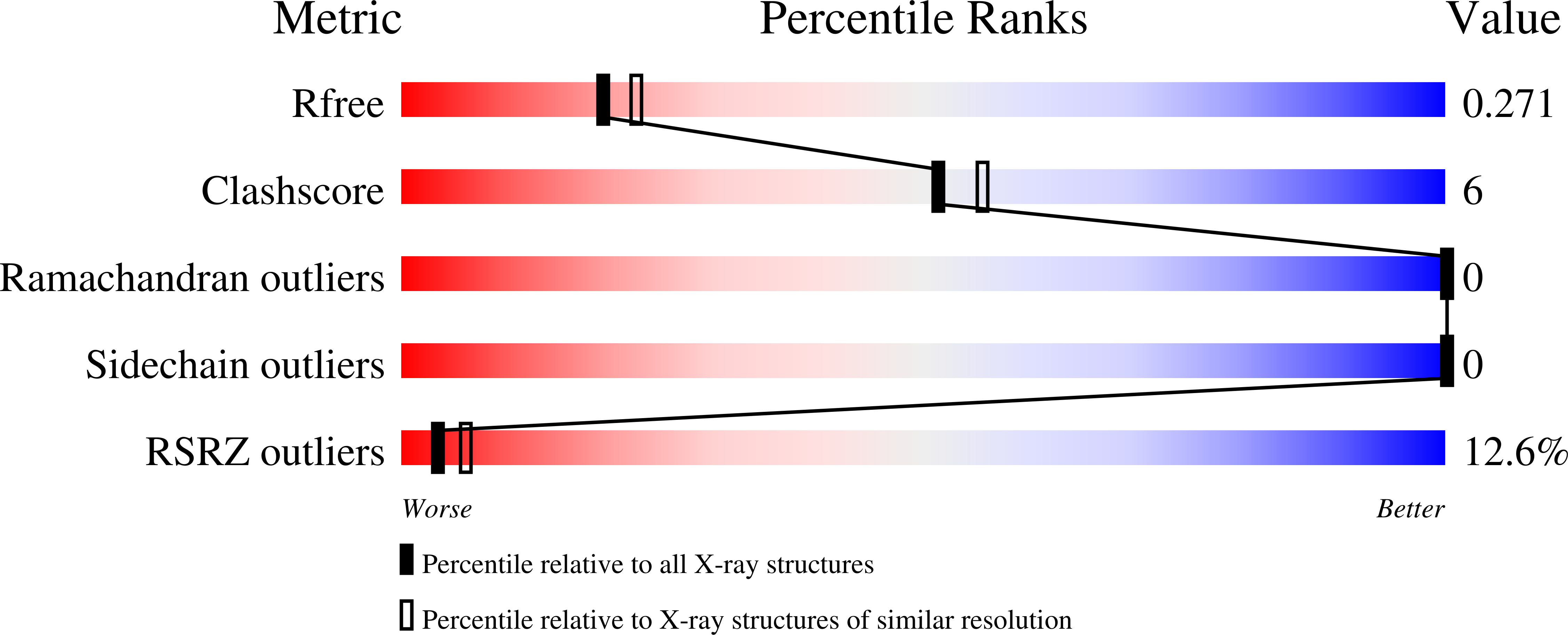
Deposition Date
2021-01-22
Release Date
2021-11-17
Last Version Date
2024-11-13
Entry Detail
PDB ID:
7BNV
Keywords:
Title:
Crystal Structure of the SARS-CoV-2 Receptor Binding Domain in Complex with Antibody ION-300
Biological Source:
Source Organism:
Severe acute respiratory syndrome coronavirus 2 (Taxon ID: 2697049)
Homo sapiens (Taxon ID: 9606)
Homo sapiens (Taxon ID: 9606)
Host Organism:
Method Details:
Experimental Method:
Resolution:
2.35 Å
R-Value Free:
0.26
R-Value Work:
0.22
R-Value Observed:
0.22
Space Group:
P 43


